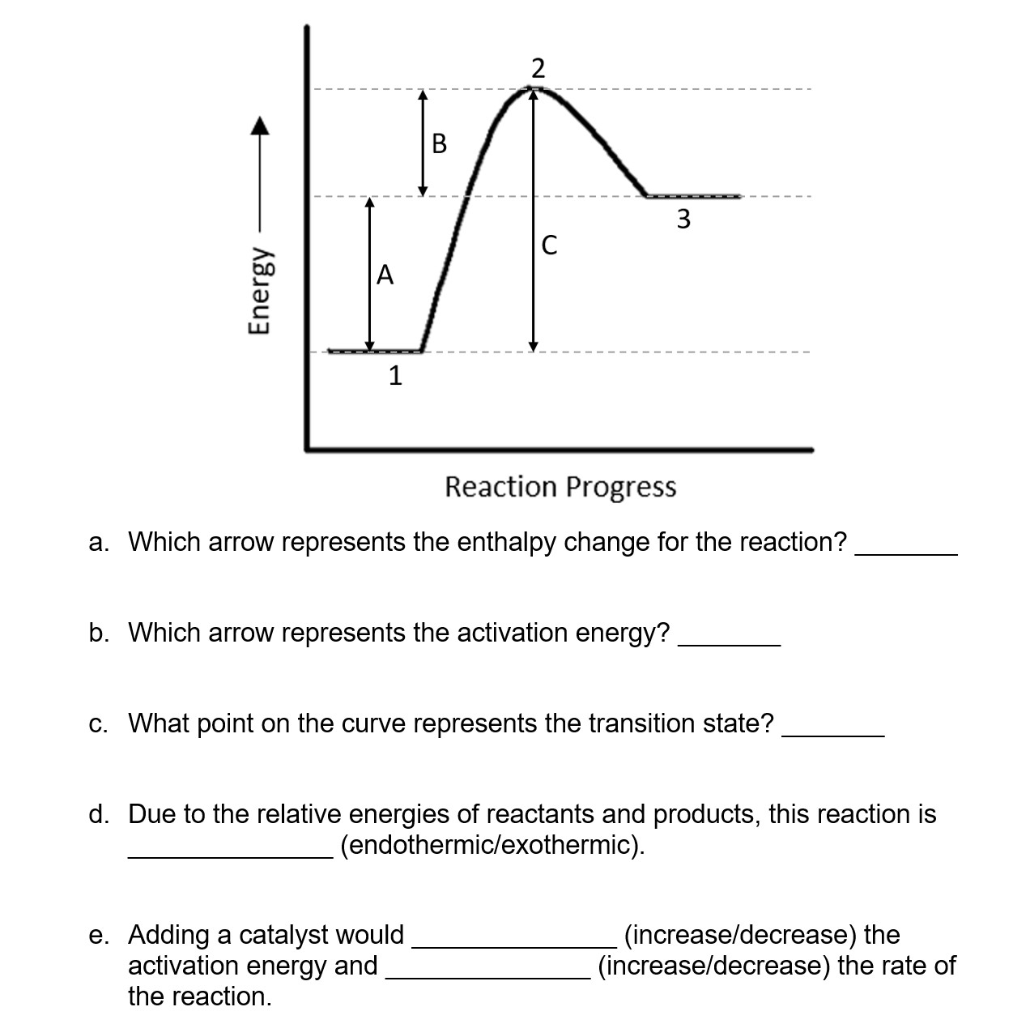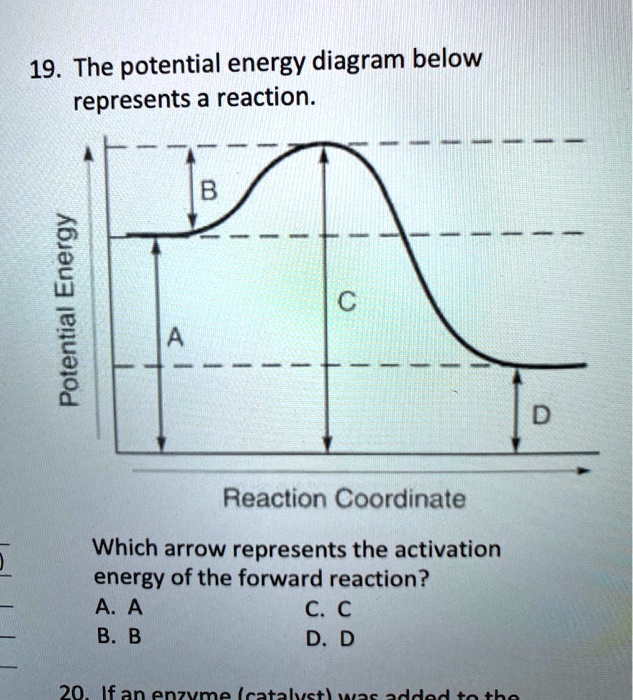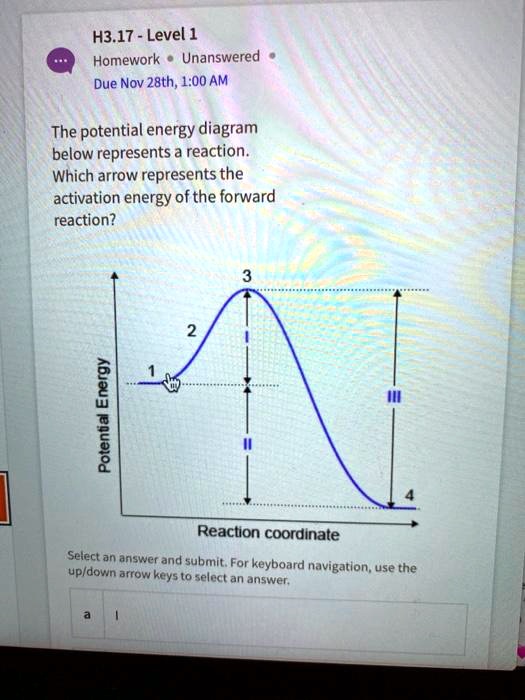Identify The Arrows That Represent The Process Of Cooling

Imagine a sweltering summer afternoon. The sun beats down, turning the air thick and heavy. Relief, however, comes in many forms - a cool breeze rustling through the trees, a dip in a refreshing pool, or the gentle hum of an air conditioner working its magic. But have you ever stopped to ponder the invisible forces at play, the very arrows that illustrate the fascinating journey of cooling?
This article dives into the heart of cooling processes, exploring the fundamental principles that govern how heat is transferred and how we can visually represent these processes. Understanding these principles is not just an academic exercise; it's crucial for designing efficient cooling systems, conserving energy, and even comprehending the natural world around us.
The Science of Cooling: A Primer
At its core, cooling is simply the removal of heat energy from a system or object. This removal relies on the fundamental laws of thermodynamics, particularly the second law, which states that heat naturally flows from hotter objects to cooler ones. We'll investigate the primary mechanisms by which cooling occurs: conduction, convection, and radiation.
Conduction: The Direct Path
Conduction is the transfer of heat through direct contact. Picture a metal spoon placed in a hot cup of coffee. The heat from the coffee travels along the spoon, warming it up. This transfer happens as faster-moving molecules in the hotter substance collide with slower-moving molecules in the cooler substance, transferring kinetic energy.
The "arrow" representing conduction would point from the region of higher temperature to the region of lower temperature, tracing the path of energy transfer. The material’s thermal conductivity dictates how readily it facilitates this process. Good conductors, like metals, transfer heat quickly, while insulators, like wood or plastic, resist it.
Convection: Riding the Currents
Convection involves heat transfer through the movement of fluids (liquids or gases). Think of a boiling pot of water. The water at the bottom heats up, becomes less dense, and rises, while cooler, denser water sinks to take its place.
This creates a circular current that distributes heat throughout the pot. The arrow representing convection would depict this cyclical movement, showing the warm fluid rising and the cool fluid sinking. Forced convection, like the air circulated by a fan, enhances this process by artificially creating movement.
Radiation: The Invisible Wave
Radiation is the transfer of heat through electromagnetic waves. Unlike conduction and convection, radiation doesn't require a medium to travel; it can even occur in a vacuum. The sun warming the Earth is a prime example of radiative heat transfer.
The arrows representing radiation would emanate outwards from the heat source in all directions, depicting the propagation of electromagnetic waves. Every object emits radiation, and the amount and wavelength of that radiation are directly related to its temperature. A hotter object emits more radiation at shorter wavelengths.
Visualizing the Cooling Process: Arrows in Action
To effectively illustrate cooling, we use arrows to represent the direction and magnitude of heat flow. These arrows help us understand how energy is being transferred from one area to another.
In engineering diagrams of heat exchangers, for example, arrows show the flow of hot and cold fluids and the direction of heat transfer between them. Longer, thicker arrows indicate a greater amount of heat being transferred, while shorter, thinner arrows indicate less heat transfer.
Applications Across Disciplines
Understanding and visualizing cooling processes is crucial in various fields. In engineering, it's essential for designing efficient refrigeration systems, air conditioners, and computer cooling systems.
In medicine, it helps in understanding how the body regulates its temperature and in developing treatments for hypothermia or hyperthermia. Climate science also uses these principles to model the Earth's energy balance and predict climate change scenarios.
Even in cooking, understanding the principles of heat transfer allows us to control cooking temperatures and achieve desired results. Whether it's searing a steak or baking a cake, the flow of heat dictates the final outcome.
The Art and Science of Heat Dissipation
The effectiveness of any cooling system depends on how efficiently it can dissipate heat. This often involves maximizing surface area for heat transfer, utilizing materials with high thermal conductivity, and promoting fluid flow through convection.
Heat sinks, commonly used in electronics, are designed with fins to increase surface area and facilitate convection. Refrigerants, used in air conditioners and refrigerators, undergo phase changes (liquid to gas and back) to absorb and release heat efficiently.
The choice of cooling method depends on the specific application and the amount of heat that needs to be removed. Some applications, such as cooling a computer processor, require highly efficient and targeted cooling solutions, while others, such as cooling a building, can utilize more passive methods like natural ventilation.
Beyond the Basics: Emerging Cooling Technologies
As our technological demands increase, so does the need for innovative cooling solutions. Researchers are constantly exploring new materials and techniques to improve cooling efficiency and reduce energy consumption.
Microfluidic cooling, which uses tiny channels to circulate coolant close to heat sources, is showing promise for cooling high-power electronics. Thermoelectric cooling, which uses the Peltier effect to directly convert electricity into a temperature difference, offers precise and localized cooling.
Phase-change materials (PCMs), which absorb and release heat as they change state, are being used in building materials to regulate indoor temperatures. These technologies represent the next frontier in cooling, promising more efficient and sustainable solutions for the future.
A Cool Conclusion
From the simple act of blowing on a hot cup of coffee to the complex engineering of a nuclear reactor, cooling is a fundamental process that shapes our world. The arrows that represent this process—conduction, convection, and radiation—provide a visual language for understanding how heat flows and how we can control it.
By grasping these basic principles, we can design more efficient systems, conserve valuable resources, and even appreciate the subtle ways in which heat transfer influences our everyday lives. So, the next time you feel the cool relief of a summer breeze or the chill of an air-conditioned room, remember the invisible arrows, the silent conductors of heat, working tirelessly to keep us comfortable.
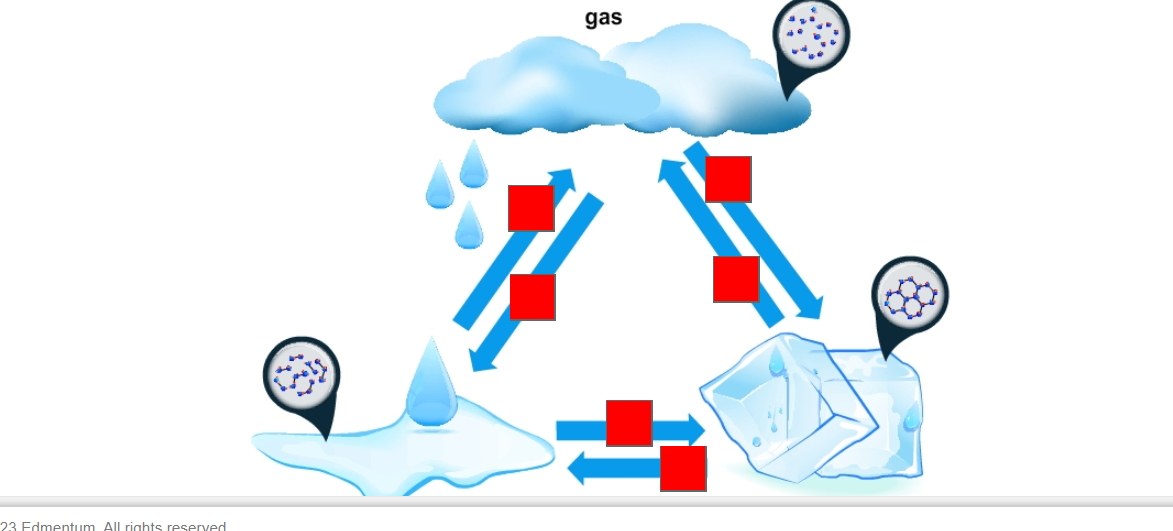
![Identify The Arrows That Represent The Process Of Cooling [FREE] Select the correct locations on the image. Identify the arrows](https://media.brainly.com/image/rs:fill/w:750/q:75/plain/https://us-static.z-dn.net/files/daf/993a5cf70b7a6f97119575702e167add.png)
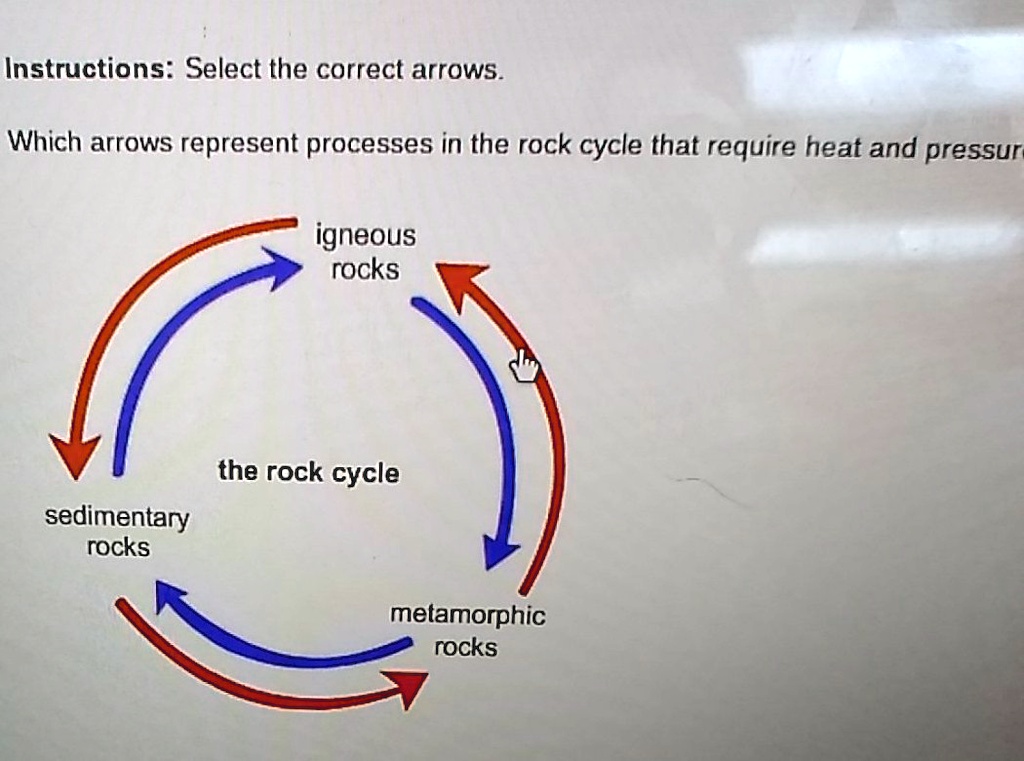



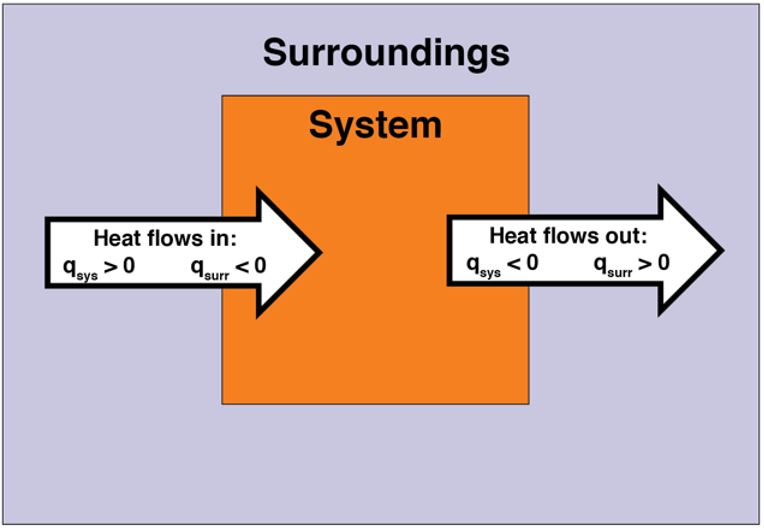

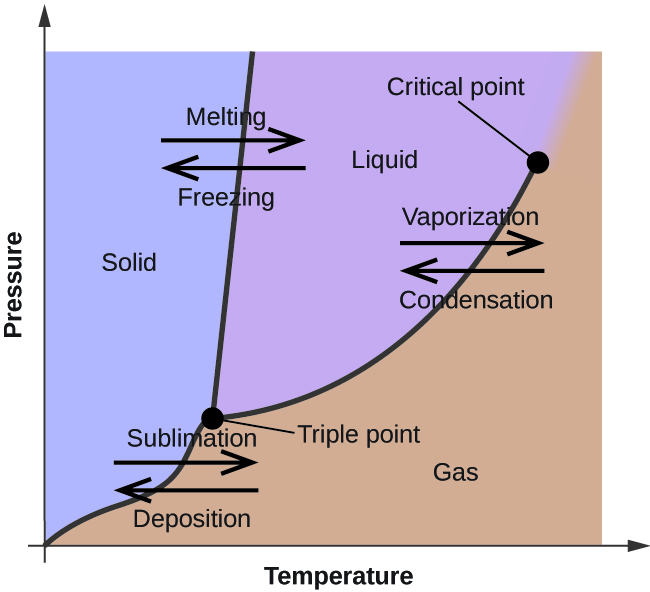
![Identify The Arrows That Represent The Process Of Cooling [FREE] Identify the arrows that show removal of thermal energy when](https://media.brainly.com/image/rs:fill/w:1920/q:75/plain/https://us-static.z-dn.net/files/d8d/1aa824f6240d3d7bb02eceed5aaf2575.jpg)

